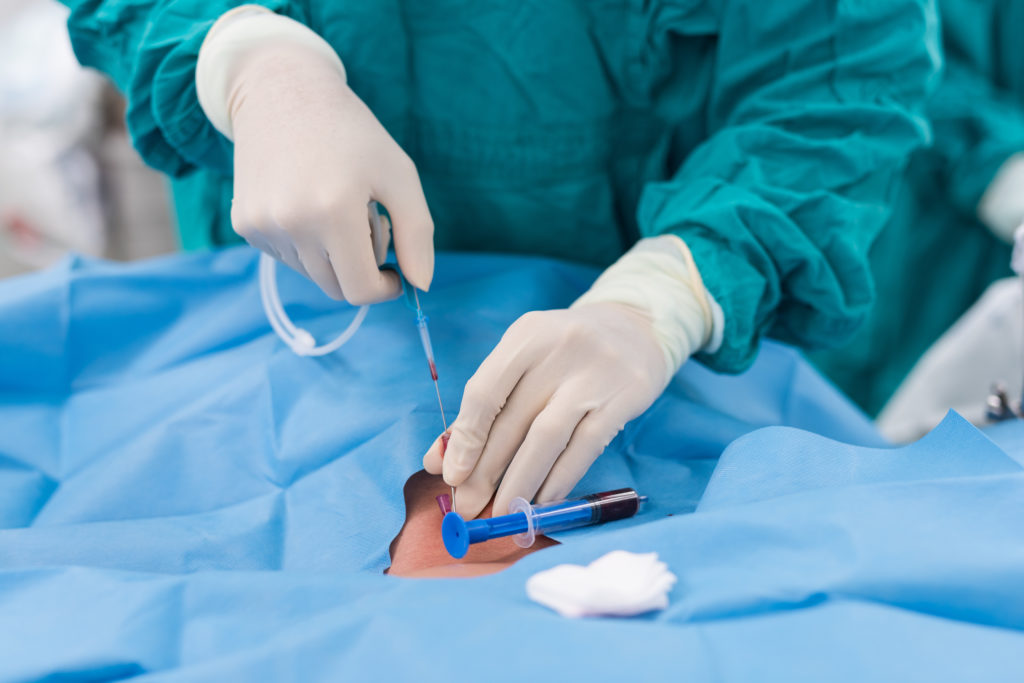A Brief Look at the History of Venous Disease and Treatment

The Vein Condition That Attacks Many
The condition of varicose veins has been around for many centuries and— since the study of human anatomy has been around— the interest in the arteries and the circulation of blood in the body has been a topic of profound interest to doctors and physicians. The circulatory system is complex and baffled early pioneers of medicine. Since around the 15th century, veins and arteries were thought to be part of two separate systems. Hippocrates discovered a correlation between ulceration and understood that a remedy for bulging veins was to implement elevation and compression. The Father of Medicine once again proved to understand the complexities of the human body and it was around this time that vein punctures, cautery, and compression bandages emerged as a form of treatment.
Even Leonardo da Vinci contributed to the treatment of varicose veins in his own way. One of his intricate drawings of lower-limbs helped physicians understand how the veins in the human body were mapped out.
Enter Sclerotherapy & a New Era for Conditions of the Vein
One treatment option for varicose veins was discovered to be an injection of acid into the vein in order to cause it to collapse, close, and form a blood clot. Once the idea caught on in the medical community, a chain of new approaches to the treatment were tried. By the 20th century, better and more refined clinical tools began to make the procedure better and more successful and surgical processes were now improving. The application of special agents to close the varicose veins began to emerge. Vein stripping, which was created in the second century, implemented the use of specially designed hooks. These initial ideas were the precursors to the more sophisticated vein treatment we see today. The development of venous duplex ultrasonography in the 1980’s really led the way to the noninvasive imaging that allows us to see vein function in real-time.
Since then, the modern age has seen significant strides in the area of venous disease treatment. There are a variety of treatment options that allow for people to have a minimally invasive procedure with fast recovery times and consistent long term improvement. Today there is ultrasound scanning, radiofrequency ablation, and sclerotherapy.
Find the Right Treatment at El Paso Varicose Veins
Venous disease is not fun; it can be incredibly painful, uncomfortable, and significantly alter your active lifestyle. This is why it’s important to look for specialized treatment for any venous condition. The surgeries and treatment options today have a very high success rate and have helped millions of Americans return to their active lifestyle. And as new technologies continue to evolve, treatment options will continue to offer faster and better recoveries to people that suffer from these conditions. Here at El Paso Varicose veins we care about your condition and want to help you get your legs back to feeling and looking great.
